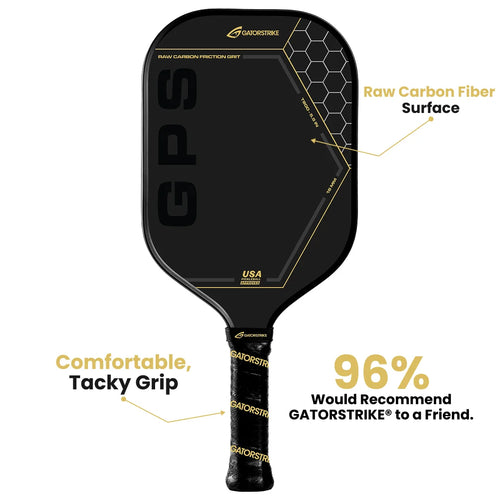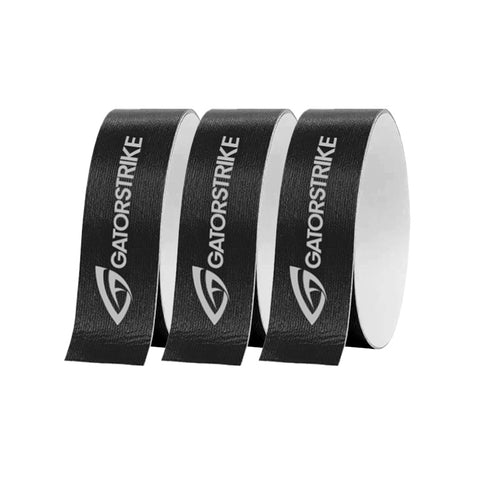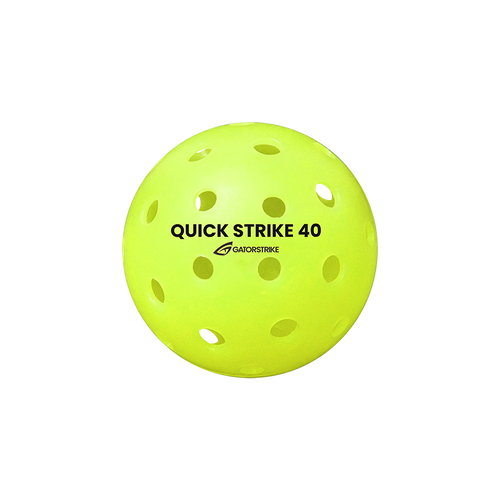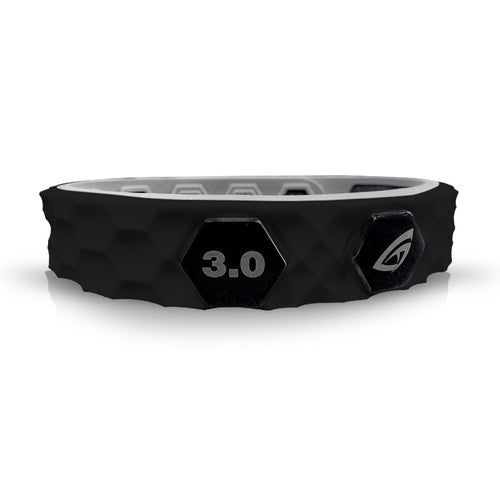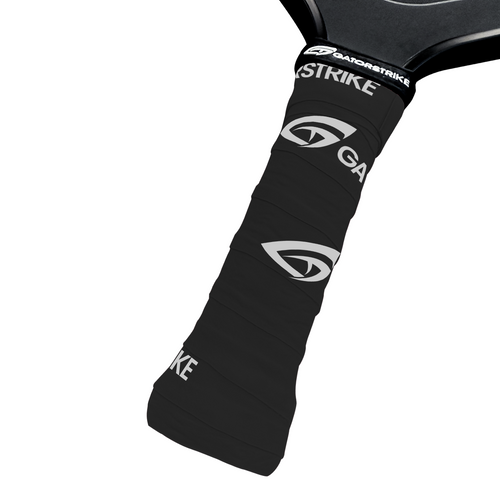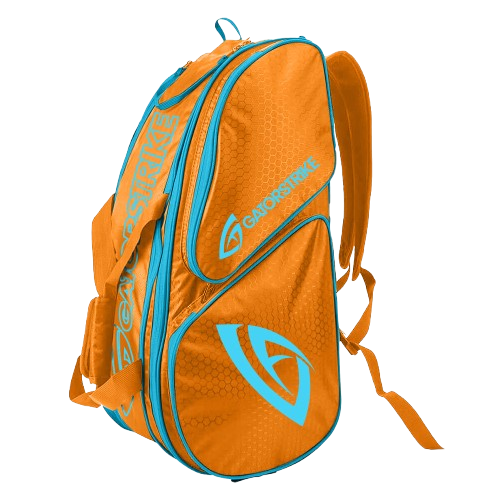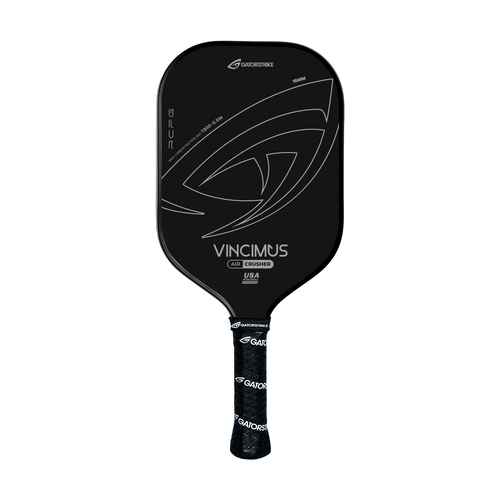
The Hidden Game: How Court Positioning Dictates Your Success in Pickleball
Share
Behind every thrilling rally and every lightning-quick dink battle lies a strategic layer that separates the seasoned from the novice—court positioning. While paddle skills and reflexes get the spotlight, it’s your spatial awareness and tactical placement on the court that often determine whether you dominate or flounder. Welcome to the hidden game—where victory begins before the first swing.
Let’s peel back the curtain on this underappreciated aspect of pickleball and discover how positioning can be your secret weapon.
1. The Kitchen Line: Your VIP Access to Victory
If there’s one real estate rule in pickleball, it’s this: location is everything, and the non-volley zone (a.k.a. the kitchen line) is prime property.
Why it matters:
- Being at the kitchen line shortens your reaction window, putting pressure on opponents.
- You gain access to the coveted soft game, where dinks and drops reign supreme.
- You can attack volleys with better angles and less court to cover.
Positional priority: After your third shot, make a beeline to the kitchen line with split steps and ready posture. Don't camp out at midcourt—it's a no-man’s land full of chaos and compromised returns.
2. No-Man’s Land: The Twilight Zone of Poor Positioning
Hovering between the baseline and kitchen is a classic blunder—and a tactical liability.
Why it’s risky:
- You're too far to engage in a soft game and too close for effective baseline drives.
- Opponents can easily pick you off with deep shots or force awkward half-volleys.
Fix it fast: After serving or returning, commit to moving either up or staying back depending on the play. Don't float midcourt—claim space with intention.
3. Partner Synchronization: The Court Ballet
Doubles pickleball isn’t a solo act—it’s a duet. If one partner moves up while the other hangs back, it fractures court coverage and invites exploitation.
Solution:
- Adopt the “shadowing” strategy—move laterally in sync with your partner.
- Maintain a staggered but coordinated stance—think of yourselves as a moving wall.
Key term: The tandem shift—both players move together diagonally or laterally to maintain optimal court balance.
4. Defending Smart: Baseline Positioning Tactics
Sometimes, you have no choice but to hang back—especially when defending a well-placed drop shot or drive. But even from the baseline, smart positioning matters.
Tips for baseline brilliance:
- Stay a few feet behind the line to give yourself reaction time.
- Split-step before your opponent hits to prep your footwork.
- Keep your paddle up and in front, ready for fast counters.
Bonus tactic: Know when to retreat and reset. Trying to attack from a poor position often does more harm than good.
5. Poaching with Purpose: Knowing When to Cross
Poaching—cutting across to intercept your partner’s ball—can be game-changing if executed properly.
When to poach:
- You anticipate a weak return.
- You want to disrupt rhythm or surprise the opponent.
- You’re confident in your footspeed and follow-through.
Golden rule: Always communicate. A mistimed poach without a heads-up can lead to court chaos and missed opportunities.
6. Reading Opponents: Anticipatory Positioning
Elite players don’t just react—they pre-position based on patterns, body language, and paddle orientation.
Train yourself to observe:
- Is your opponent winding up for a cross-court shot? Shift accordingly.
- Do they favor forehand dinks? Guard that angle with slight lateral movement.
- Are they slow to switch? Exploit with wide serves and inside-out shots.
Positioning isn’t static; it’s anticipatory. Think like a chess player, not just a rally hitter.
7. Adaptive Geometry: Owning the Angles
Court positioning also means understanding shot geometry. Controlling angles forces your opponents into awkward positions and creates attackable openings.
Positional tweaks that elevate your game:
- Step off-center to open a cross-court drive or diagonal dink.
- Hug the middle in tight exchanges to protect the “dead zone.”
- Use stacking to keep your strong side (forehand) in the middle during mixed play.
Conclusion: Let Positioning Play for You
Pickleball is a game of inches, and often, it’s your footwork and placement—not your paddle swing—that tilts the match in your favor. Mastering court positioning turns you into a tactical artist, crafting points before they even begin. It’s subtle, it’s strategic, and when done well—it’s spectacular.
So next time you step onto the court, don’t just bring your paddle—bring your positional prowess.
